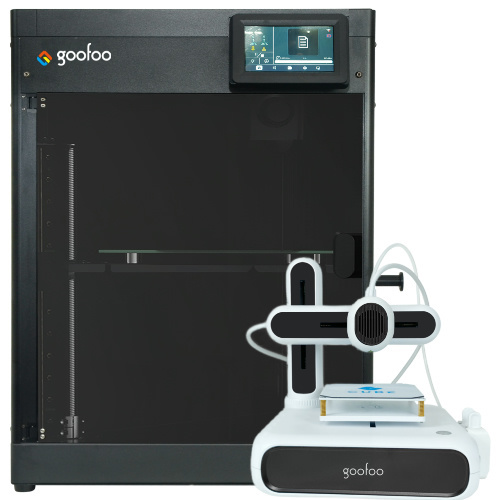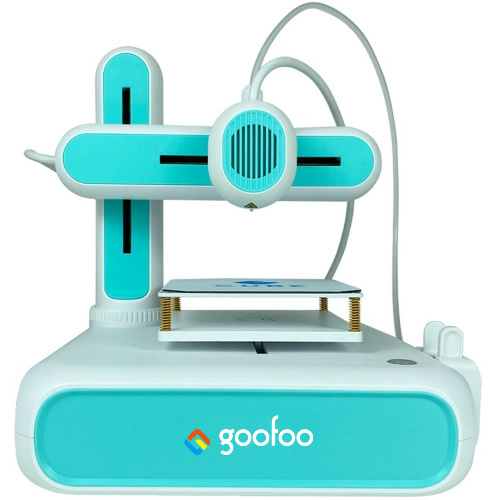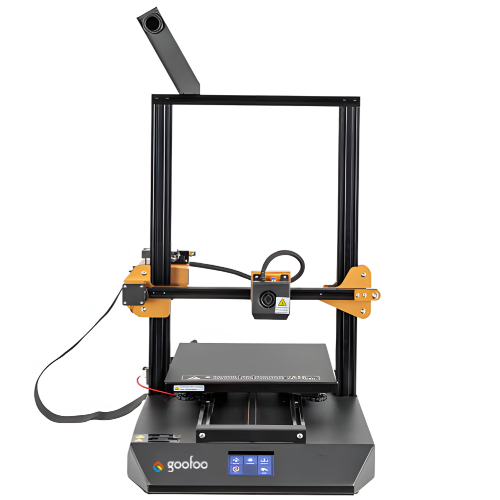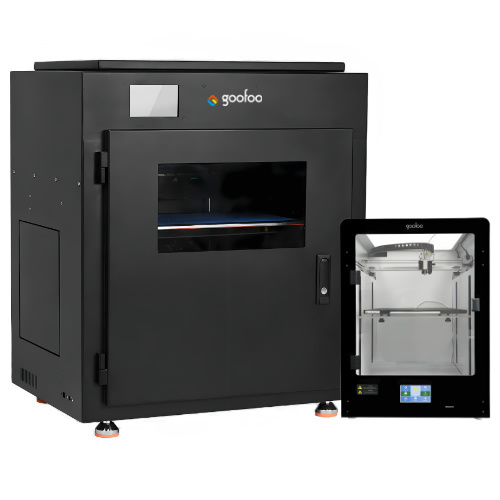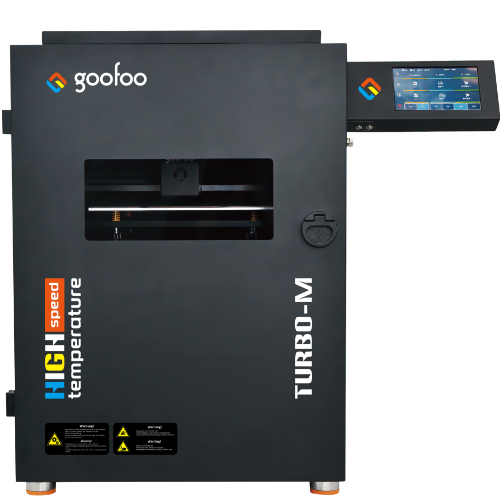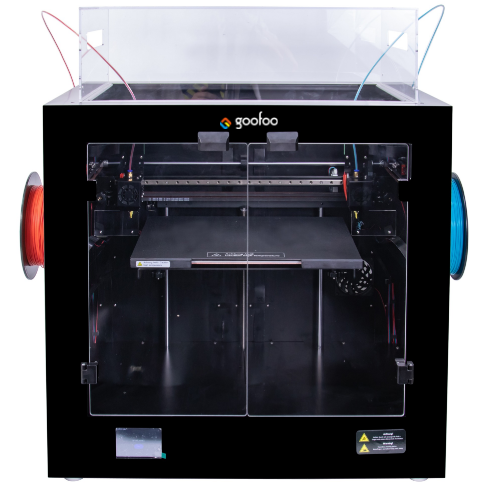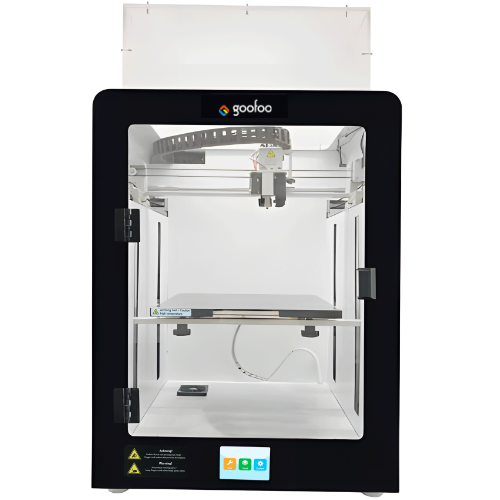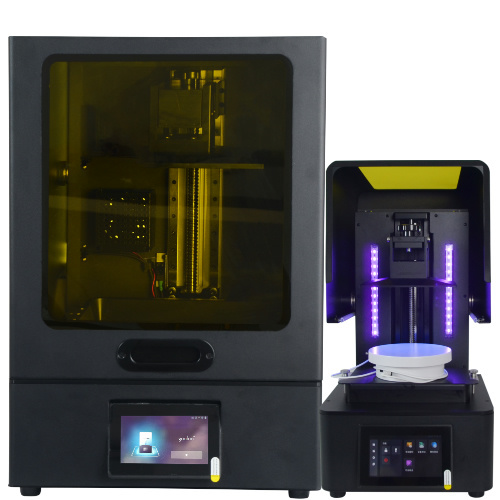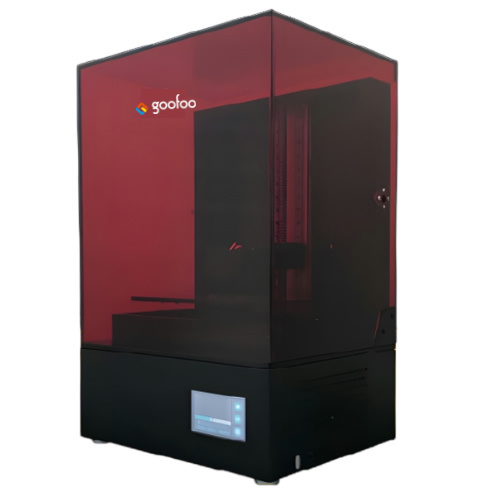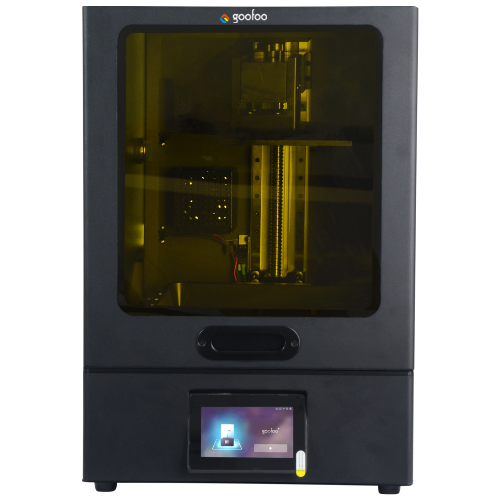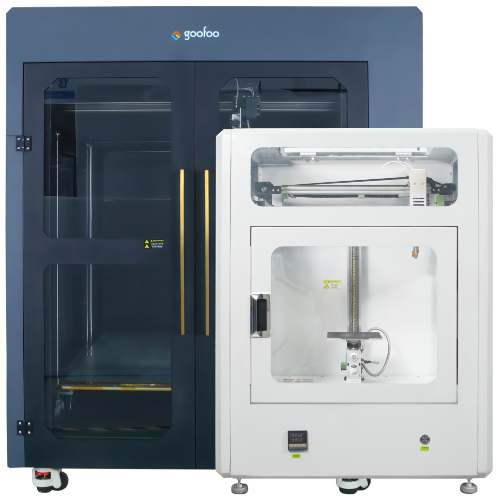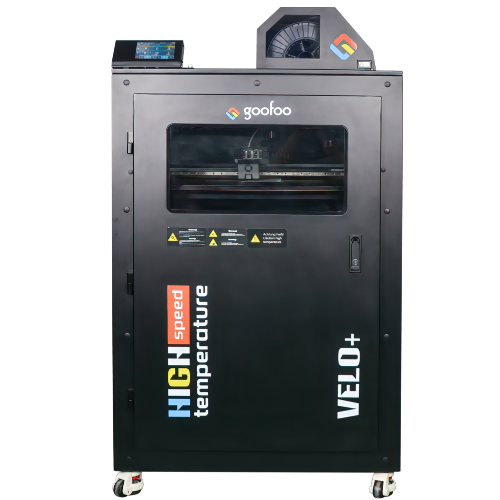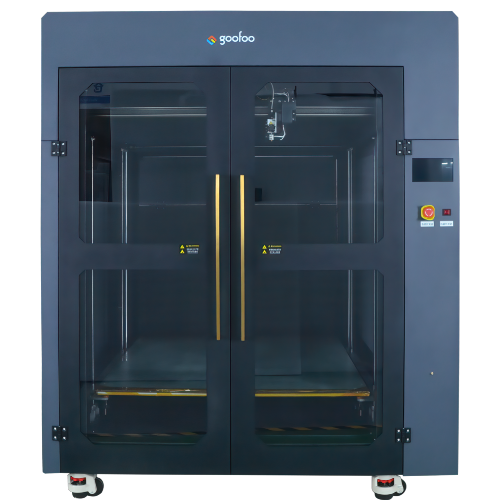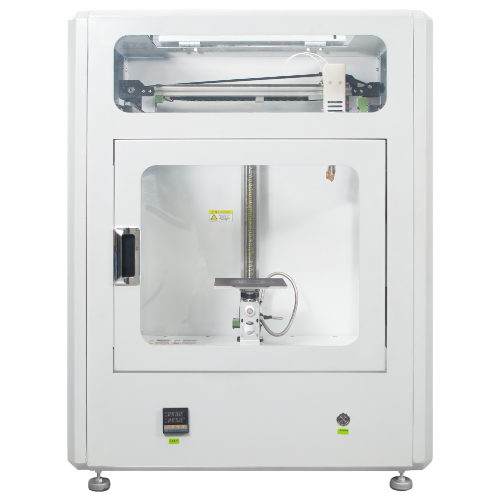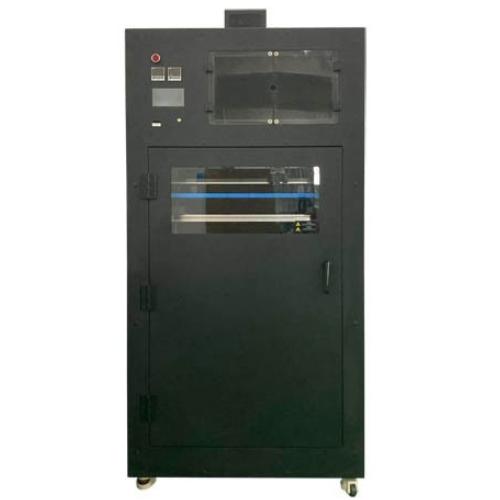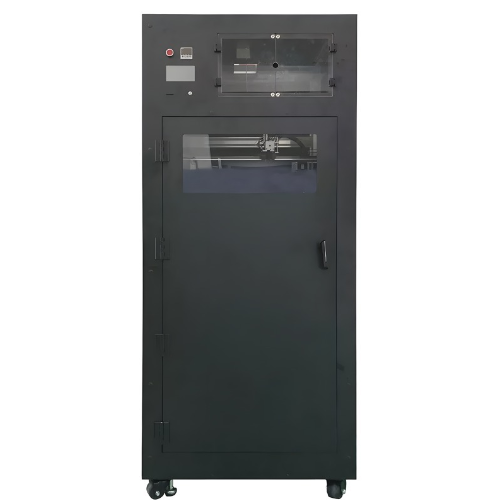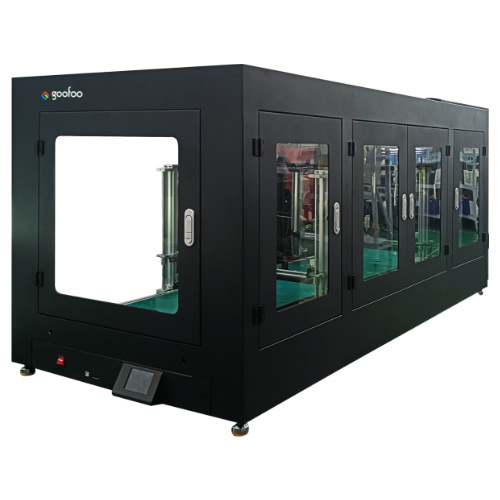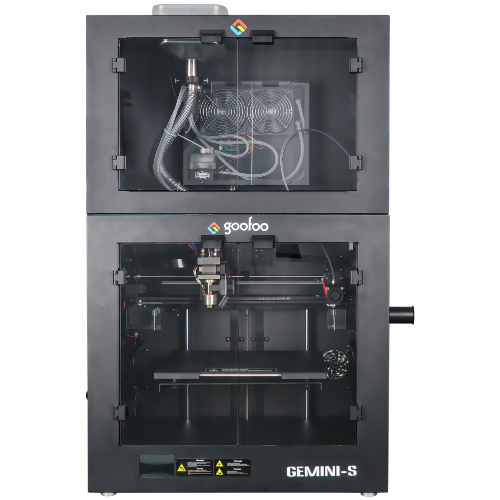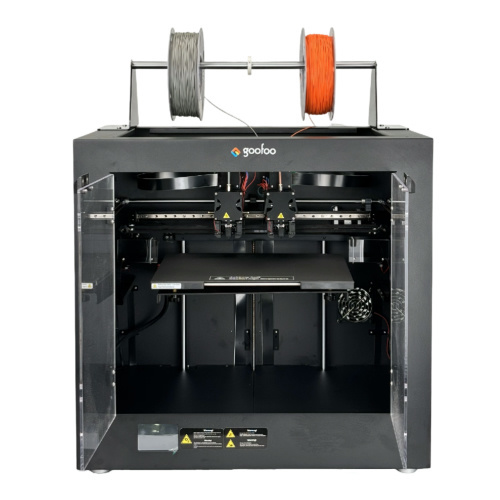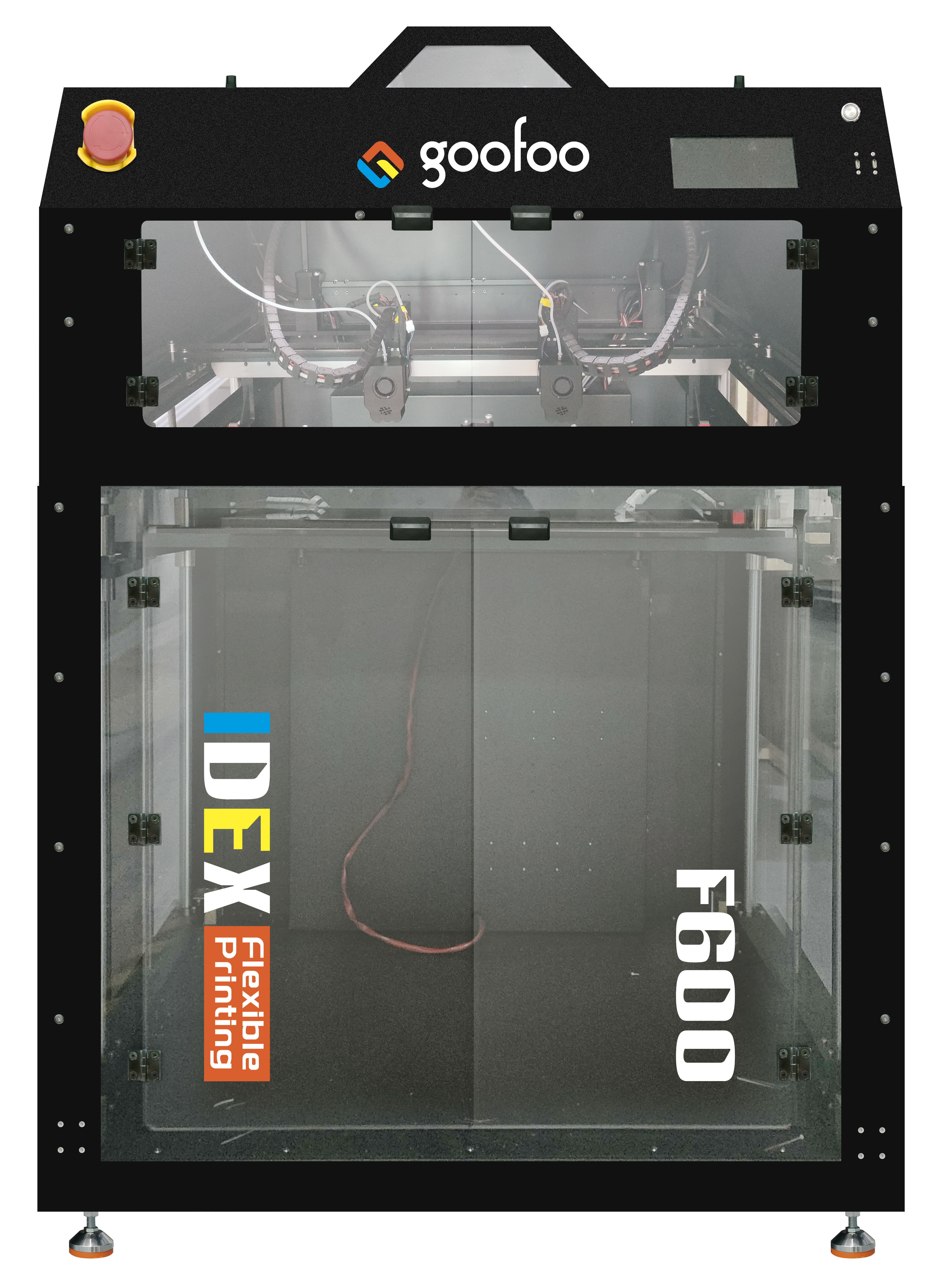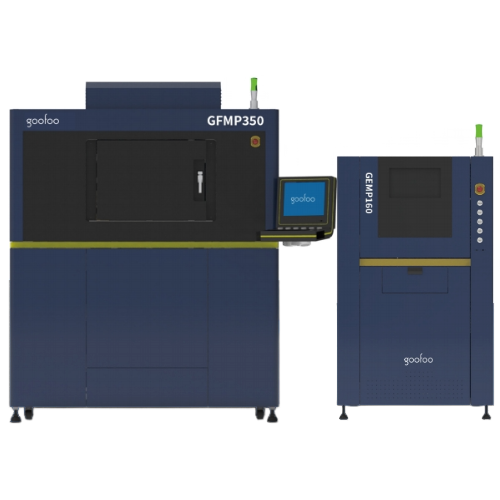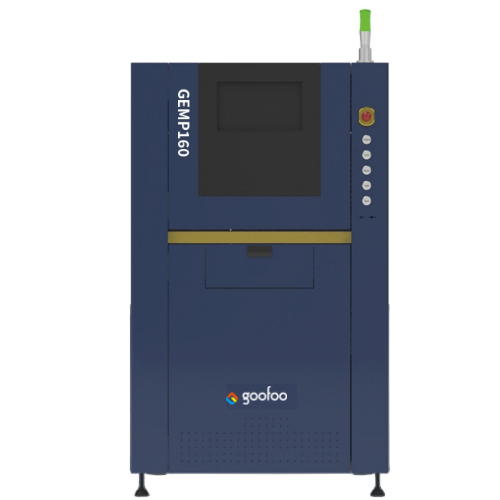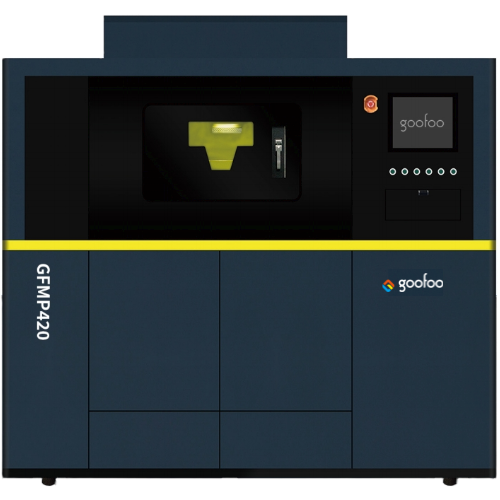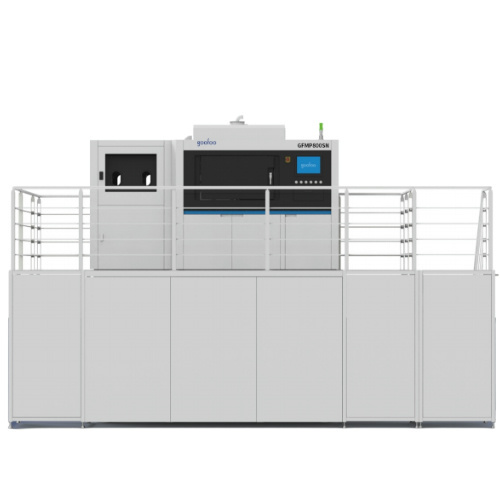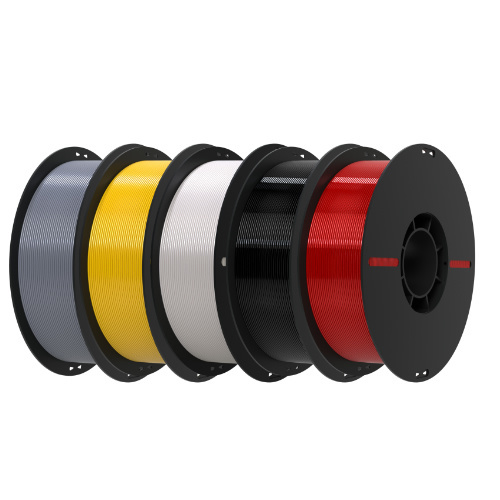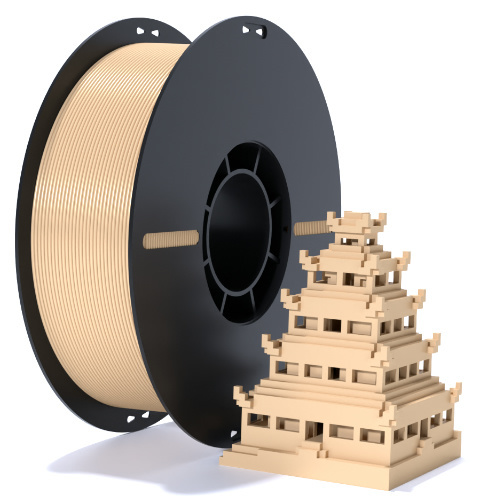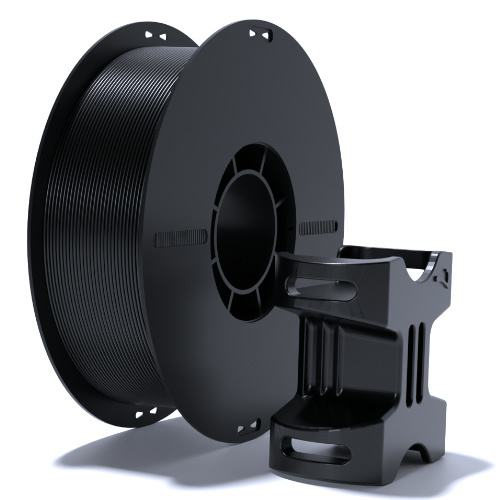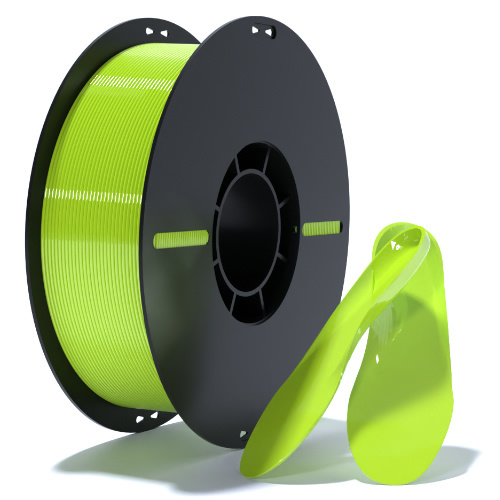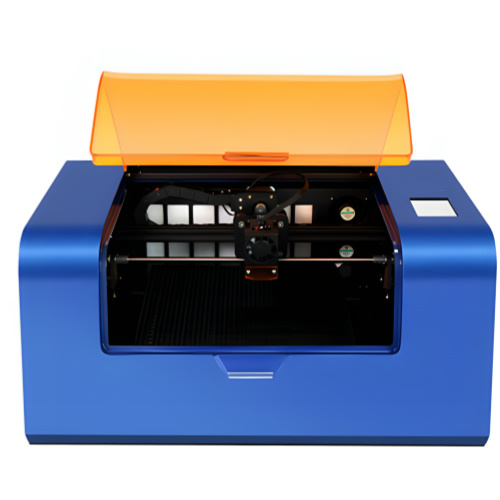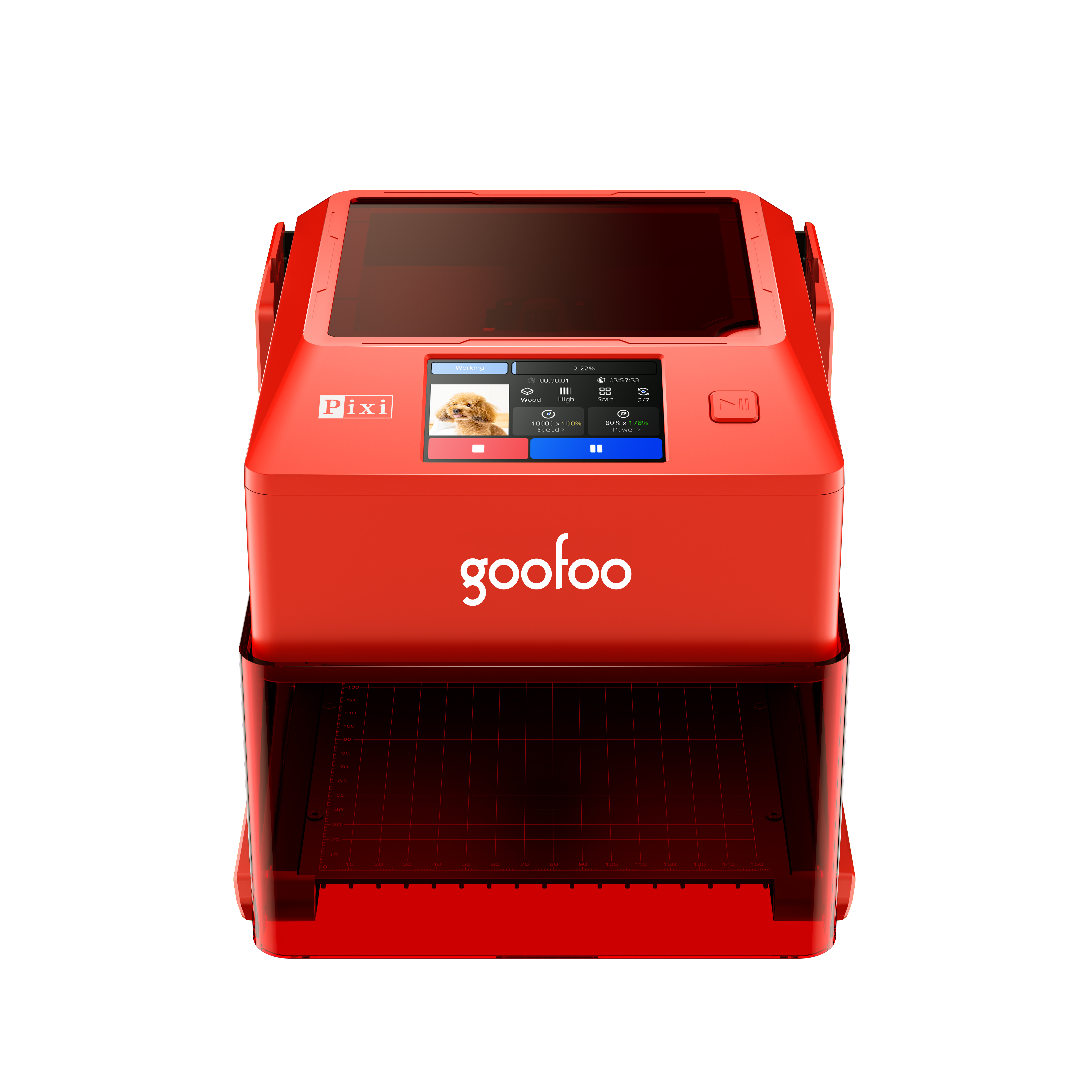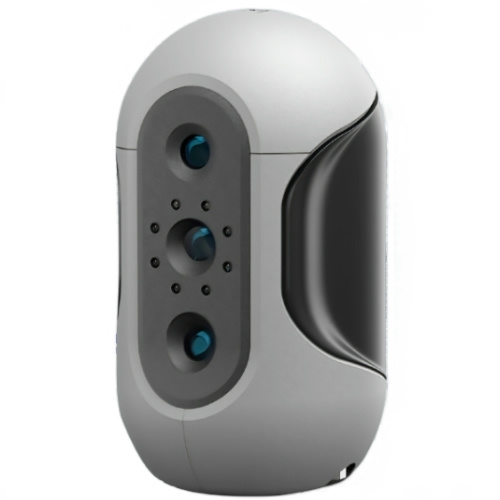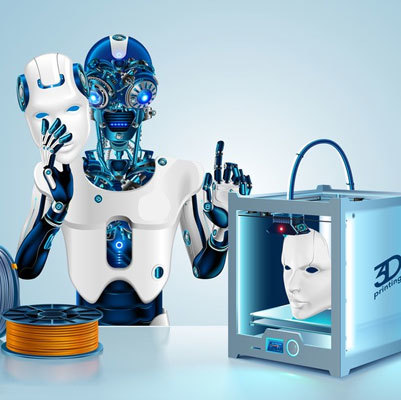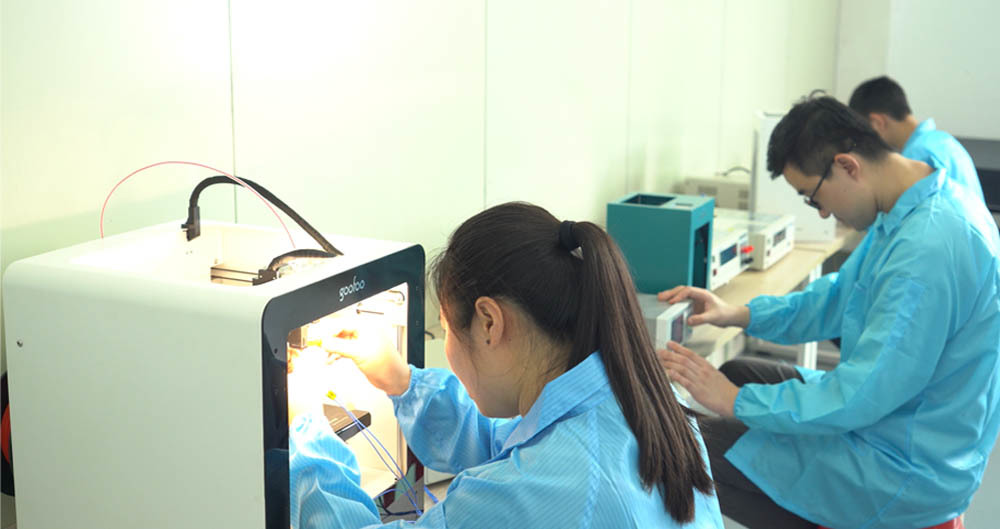All Categories
Essential Guide to 3D Printer Software: Unlocking the Full Potential of Your 3D Printing Experience
2025-11-24 11:10
---
In the realm of 3D printing, the software you choose is as vital as the printer itself. 3D printer software serves as the bridge between your digital models and the physical objects you wish to create. Understanding its capabilities can significantly enhance your printing experience and ensure the successful execution of your projects.
There are primarily two categories of software designed for 3D printing: slicing software and design software. Slicing software takes your 3D model and converts it into a format that the printer can understand, essentially breaking down the model into layers. This software generates the G-code, a language that communicates the instructions to the printer regarding how to create each layer. Some popular slicing software options include Cura, PrusaSlicer, and Simplify3D. Each of these programs offers unique features, such as customizable layer heights, infill patterns, and support generation, which can directly affect the quality and speed of your print.
On the other hand, design software allows users to create or modify 3D models. Software such as Blender, Tinkercad, or Fusion 360 enables users to design intricate models tailored to their specific requirements. The choice of design software can depend on the complexity of the project, personal proficiency, and specific features needed, such as parametric design capabilities or advanced sculpting tools.
When selecting 3D printer software, it is essential to consider compatibility with your specific printer model. Not all software works seamlessly with every printer, so ensuring that your chosen software can communicate effectively with your hardware is crucial. Additionally, the user interface and learning curve of the software can impact your overall experience. A user-friendly interface can save time and enhance productivity, especially for those who are new to the 3D printing space.
Moreover, many modern slicing and design software options offer cloud-based solutions, allowing users to store their models online and access them from various devices. This feature can be particularly beneficial for teams collaborating on projects or for users who frequently switch between different workstations.
In conclusion, selecting the right 3D printer software is a critical decision that can dramatically influence the quality and efficiency of your 3D printing projects. By understanding the various types of software available and their functionalities, you can make an informed choice that aligns with your specific needs, ultimately unlocking the full potential of your 3D printing endeavors.
In the realm of 3D printing, the software you choose is as vital as the printer itself. 3D printer software serves as the bridge between your digital models and the physical objects you wish to create. Understanding its capabilities can significantly enhance your printing experience and ensure the successful execution of your projects.
There are primarily two categories of software designed for 3D printing: slicing software and design software. Slicing software takes your 3D model and converts it into a format that the printer can understand, essentially breaking down the model into layers. This software generates the G-code, a language that communicates the instructions to the printer regarding how to create each layer. Some popular slicing software options include Cura, PrusaSlicer, and Simplify3D. Each of these programs offers unique features, such as customizable layer heights, infill patterns, and support generation, which can directly affect the quality and speed of your print.
On the other hand, design software allows users to create or modify 3D models. Software such as Blender, Tinkercad, or Fusion 360 enables users to design intricate models tailored to their specific requirements. The choice of design software can depend on the complexity of the project, personal proficiency, and specific features needed, such as parametric design capabilities or advanced sculpting tools.
When selecting 3D printer software, it is essential to consider compatibility with your specific printer model. Not all software works seamlessly with every printer, so ensuring that your chosen software can communicate effectively with your hardware is crucial. Additionally, the user interface and learning curve of the software can impact your overall experience. A user-friendly interface can save time and enhance productivity, especially for those who are new to the 3D printing space.
Moreover, many modern slicing and design software options offer cloud-based solutions, allowing users to store their models online and access them from various devices. This feature can be particularly beneficial for teams collaborating on projects or for users who frequently switch between different workstations.
In conclusion, selecting the right 3D printer software is a critical decision that can dramatically influence the quality and efficiency of your 3D printing projects. By understanding the various types of software available and their functionalities, you can make an informed choice that aligns with your specific needs, ultimately unlocking the full potential of your 3D printing endeavors.
3d printer software
Recommended News
language
English
العربية
বাংলাদেশ
Български
Hrvatski
Česky
Dansk
Nederland
 Esperanto
Esperanto
Slovenski
Filipino
Suomi
Français
Maori
 Shqiptare
Shqiptare
Georgian
 Euskara
Euskara
Deutsch
Ελλάδα
ישראל
इंडिया
Magyarország
Ísland
Indonesia
Irlanda
Italia
日本語
Sovensko
Հայաստան
한국
Kyrgyz
ປະເທດລາວ
 Zulu
Zulu
Latvian
Lithuanian
Luxembourgish
 Latinus
Latinus
Macedonian
Малайская
Maltese
Монгол улс
 Cymraeg
Cymraeg
ဗမာ
 தமிழ்
தமிழ்
नेपाल
Norge
ایران
Polska
Portugal
România
Российская
Србија
 Slovak
Slovak
Србија
 Slovak
Slovak
Bosanski
Slovenian
Беларус
España
Sverige
Точик
ประเทศไทย
Türk
Azərbaycan
Uzbek
 Afrikaans
Afrikaans
Việt Nam
Skype / WhatsApp: +86 592-5713513 / +86-13860126490
No.88-3, North Tongji Road, Xike County, Tong'an District, Xiamen, Fujian China
Xiamen Goofoo Technology Co., Ltd. All Rights Reserved 闽ICP备2022008070号-1 SEO 300.cn
Phone:+0086 592-5713513
Address: No.88-3, North Tongji Road, Xike County, Tong’an District, Xiamen, Fujian China
Email: sales@goofoo3d.com
We will give you feedback in time

